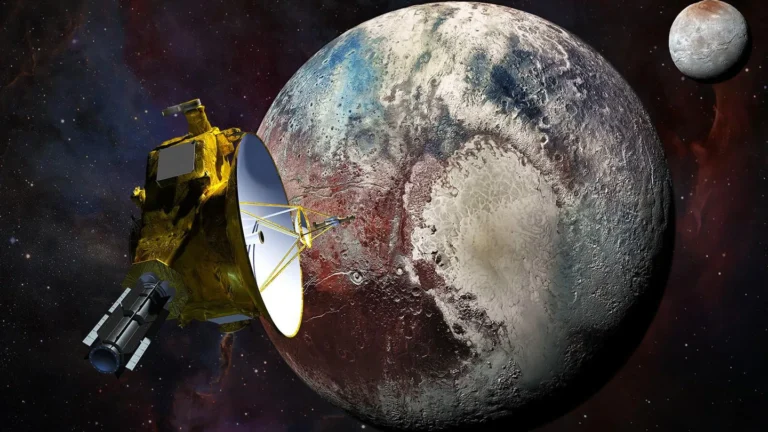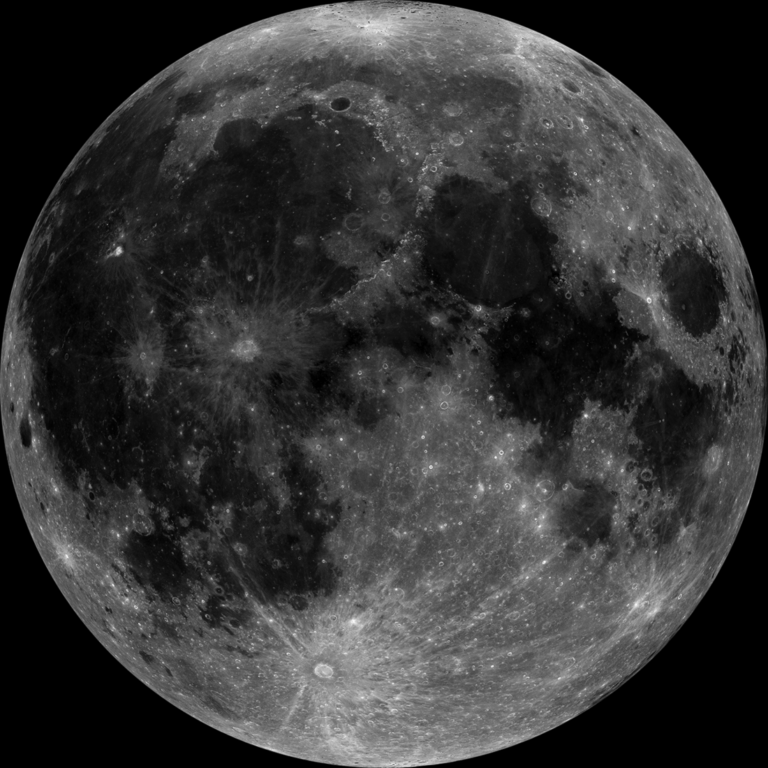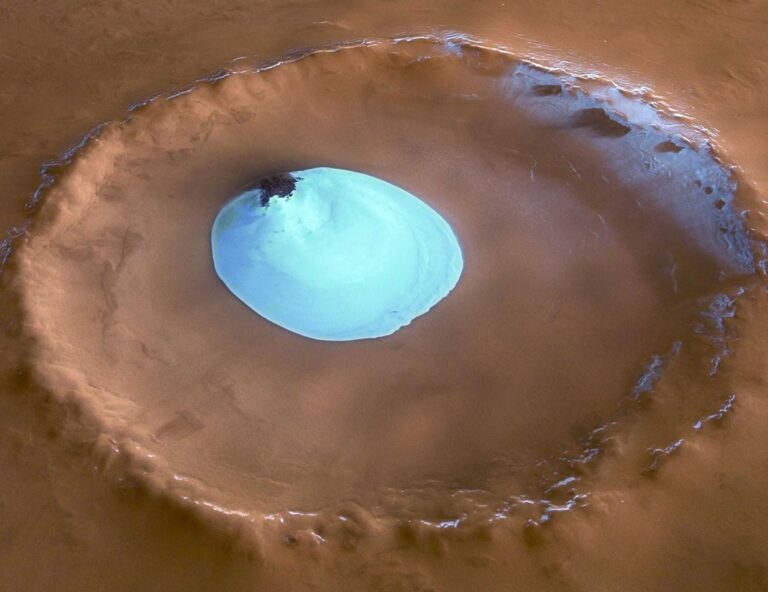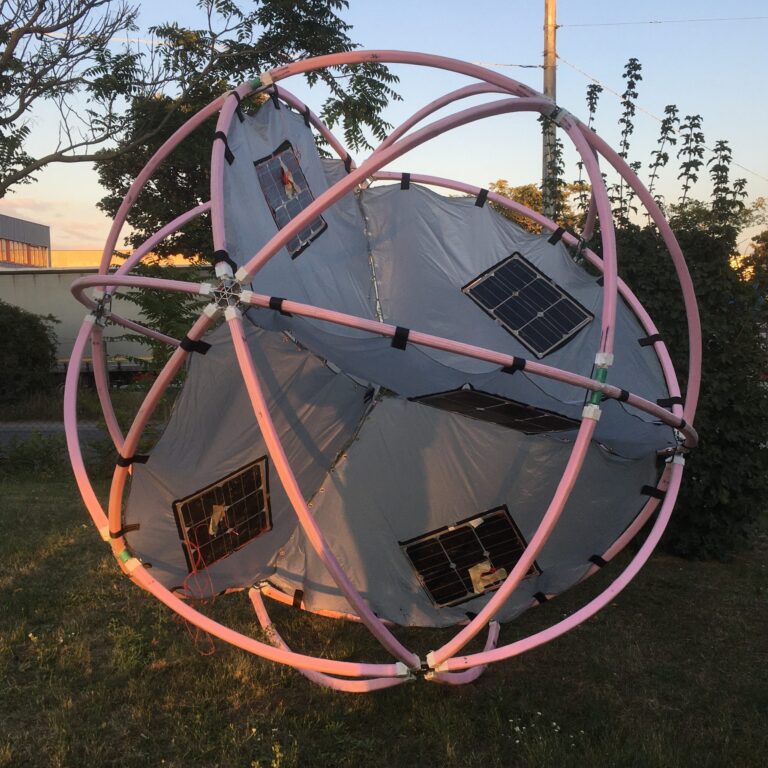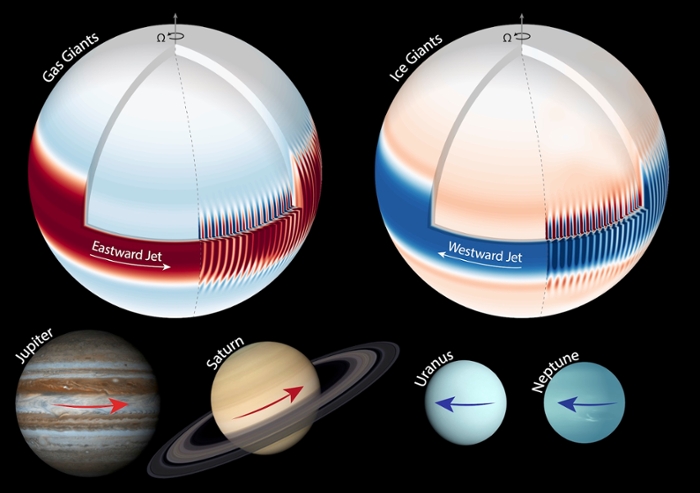
Key Takeaways:
- A novel unified hydrodynamic model proposes a single mechanism to explain the contrasting equatorial jet stream directions on gas giants (eastward on Jupiter/Saturn) and ice giants (westward on Uranus/Neptune).
- The model identifies atmospheric depth as the critical determinant, dictating which of two stable states—either an eastward superrotating or a westward subrotating equatorial jet—a planet's atmosphere will settle into.
- Simulations reveal that deep atmospheres exclusively produce eastward winds, shallow atmospheres exclusively generate westward winds, while intermediate depths allow for either outcome, contingent on initial conditions during planetary formation.
- This theory provides a cohesive understanding of jovian atmospheric dynamics, guiding future observational searches for supporting evidence and broadening insights into exoplanet atmospheric processes.
Scientists may finally have an answer for why the ferocious jet streams on the solar system’s giant planets blow in opposite directions — eastward on gas giants Jupiter and Saturn, and westward on ice giants Uranus and Neptune — despite their otherwise similar conditions.
In a new study published in Science Advances, an international team of scientists has proposed the first unified model that explains both wind directions with a single mechanism. The research, led by Keren Duer-Milner, a postdoctoral researcher at Leiden Observatory and Space Research Organisation Netherlands (SRON), demonstrates that the answer lies in the depth of the planets’ atmospheres. Using hydrodynamic models, the team discovered that even with similar rapid rotation and internal heat, the depth of a planet’s atmosphere determines which of two stable states it will settle into, resulting in either an eastward or a westward equatorial jet.
“We’re excited because we’ve finally found a simple, elegant explanation for a complex phenomenon,” said Duer-Milner in a press release.
The long-standing problem
The atmospheres of all four jovian (Jupiter, Saturn, Uranus, and Neptune) planets host the fastest equatorial jet streams in the solar system, with speeds reaching a staggering 311 to 1,243 mph (500 to 2,000 km/h). For decades, scientists have tried to understand the engine driving these super-fast jet streams. The eastward jet streams on Jupiter and Saturn spin in the same direction as the planet’s rotation, a state called superrotation. The westward jet streams on Uranus and Neptune flow in the opposite direction, known as subrotation.
The prevailing assumption was that these opposite flows must be caused by different mechanisms. However, as the paper’s authors note, the physical parameters of the four planets are just too similar for this to be a satisfying answer. All four receive little sunlight, possess moderate internal heat sources, and rotate rapidly, so a single, underlying process seemed more likely.
Modeling a cosmic conveyor belt
The team turned to complex computer simulations, using a program known as a 3D Rayleigh convection model, to simulate the atmospheric dynamics of the giant planets. This type of model is built to study rapidly rotating convection, the specific process by which heat is transported from a planet’s deep interior to its outer layers.
In their simulations, the researchers found that these powerful, rising convection cells (currents of circulating atmospheric gas), when influenced by a planet’s rapid rotation, organize into massive tilted columns near the equator. These columns effectively act as a giant conveyor belt on the planet’s surface, propelling the powerful jet streams. The revolutionary finding was how these columns behave based on the thickness, or depth, of the atmospheric layer being modeled.
A fork in the road
The model revealed a bifurcation at the heart of the mystery. This term describes a critical fork in the road where a single physical system, under nearly identical conditions, can split and settle into one of two distinct, stable states. In this case, those states are eastward or westward winds. The direction the conveyor belt turns is not pre-determined; it can stabilize in one of two ways, and the atmospheric depth is the key that directs the outcome.
The researchers discovered a direct link between the atmospheric depth and which wind direction is favored. In deep atmospheres, the model only produced eastward, superrotating winds, much like those observed on Saturn. In shallow atmospheres, by contrast, the model only produced westward, subrotating winds. The most compelling finding came from the mid-range of atmospheric depths: here, the system is unstable and both outcomes are equally possible. This means the atmosphere settles into whichever state is established first by random noise or conditions during the planet’s formation.
According to gravity measurements from spacecraft, Jupiter, Uranus, and Neptune all appear to have atmospheric depths that fall within this ambiguous mid-range. This explains how Jupiter could end up with eastward winds while Uranus and Neptune, under very similar conditions, stabilized with westward ones. Saturn, with its deeper convective envelope, was destined for its eastward jet.
From our solar system to the stars
This unified theory provides a powerful new lens for planetary science, finally connecting the dynamics of all four giant planets. The immediate next step is to find observational proof.
The team is now turning to data from NASA’s Juno spacecraft, which is currently orbiting Jupiter. It will search for evidence of these tilted convection columns within Jupiter’s deep atmosphere, which would provide strong confirmation that the model is correct.
The implications of this model, however, stretch far beyond our own cosmic neighborhood. In the last few decades, astronomers have discovered thousands of exoplanets orbiting other stars, many of them gas or ice giants.
“Understanding these flows is crucial because it helps us grasp the fundamental processes that govern planetary atmospheres — not only in our solar system but throughout the Milky Way,” Duer-Milner said. “This discovery gives us a new tool to understand the diversity of planetary atmospheres and climates across the universe.”


